|
The Four F’s--fiber, fluid, flora and physical activity—are most commonly recommended to alleviate constipation. But they also help accomplish other positive things for your body. In this post we’re going to discuss how The Four F’s can improve and maintain the condition of your gut—and with it, your overall health. With recent studies connecting gut health to overall well being, it makes sense to start with a simple question: What, exactly, is a healthy gut? In simple terms, a healthy gut has an ideal ratio of “good” bacteria to “bad” bacteria. It’s hard to visualize, but the community of bacterial microflora in your GI tract contains more than 100 trillion bacteria, made up of thousands of different species. It’s important to keep this gut microbiome in good condition, and not let factors such as environment, age, antibiotic use, and disease throw it off balance. Fortunately, there’s a lot you can do to influence your gut through eating and physical activity to maintain a healthy ratio of microflora. Let’s take a look. FiberThe first “F” is fiber, and for good reason. With benefits ranging from managing blood glucose to lowering cholesterol levels, fiber is often referred to by dietitians as the “magical nutrient.” But what does it do for your gut?
When it comes to the digestive tract, there are two main types of fiber: soluble and insoluble. Soluble fibers dissolve in water and form a gel within the digestive tract, making bowel movements softer and easier to pass. They also can slow the digestion of foods and aid in unwanted symptoms such as diarrhea. Rich sources of soluble fiber are oats, beans, peas, and lentils. Insoluble fiber does not form a gel. Rather, it acts as a bulking agent for our stools. Insoluble fiber combined with soluble fibers help keep us regular. Foods rich in insoluble fiber include skins of vegetables and fruits, brown rice, wheat bran, and whole grains. It’s important to remember that all plant-based foods contain fiber of both types. It’s simply the ratio of each that varies. So what’s the bottom line? Make sure to eat a variety of plant-based foods, and to drink more fluids as you increase your fiber intake to keep your gut happy. Fluids
Flora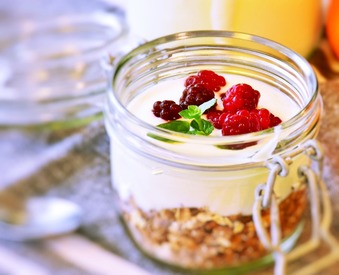 Gut microflora is a hot topic right now, with several studies linking gut microbiota to multiple health conditions, including obesity, allergies, diabetes, cancer—even some mental health conditions. A healthy microflora contains high levels of probiotic bacteria. Probiotics defend our guts from harmful microbes. The main role of the gut flora on the GI tract is to protect the gut epithelium from harmful pathogens. While a healthy gut is able to fight off most of these pathogens without any side effects, an unhealthy gut does not. Thus, one way to support the gut is to eat prebiotics (fiber) to support the existing probiotics in our guts. Also, eating fermented or cultured foods (with live probiotics) increases overall probiotic content and keeps the digestive system healthy. Examples of good probiotic foods include kimchi, sauerkraut, miso, cultured vegetables, yogurt, and tempeh. And last, but not least... Physical Activity
A proper functioning gut is essential to overall health. Being mindful of The Four F’s gives you an important tool to improve and maintain your overall wellness while partaking in two of my favorite activities: eating and playing! Here are a few tasty smoothie recipes to help you increase your fiber and fluid intake! Try adding plain Greek yogurt or kefir to any of your smoothies for an extra boost of probiotics, as well as protein. And of course, don’t forget to wash it all down with a brisk walk around the block! Creamy Zucchini Blueberry SmoothieDirections:
Nutrition per 8 ounces: 218 Calories; 10g Fat; 6g Protein; 32g Carbohydrates; 4.7g Fiber; 67mg Sodium Summer Peach SmoothieDirections:
Nutrition per 8 ounces: 227 Calories; 13.5g Fat; 6.7g Protein; 24g Carbohydrates; 6g Fiber; 44mg Sodium *analyzed recipe using 1% milk and peanut butter ~Kelsy, Dietetic intern Resources:
1 Comment
|
SD BlogA place for our consultant Registered Dietitian Nutritionists (RDNs) to share nutrition science, yummy and healthy recipes, tips on seasonal ingredients, and other nutritional musings. Enjoy! Categories
All
Archives
May 2024
|

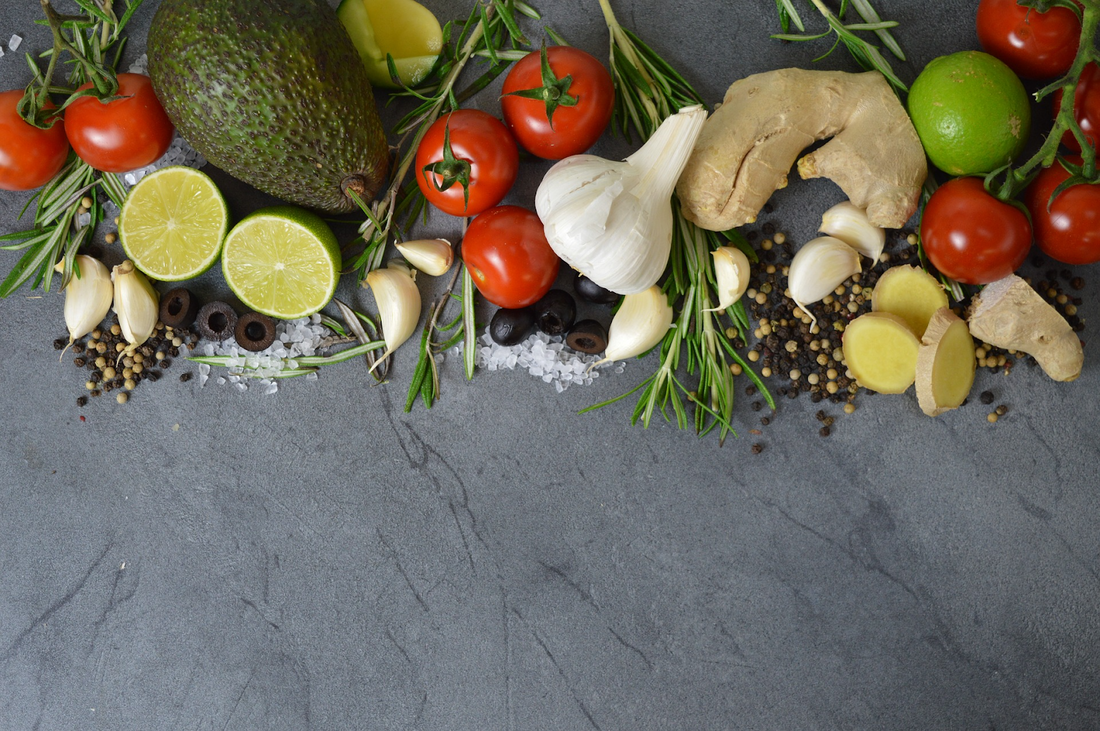
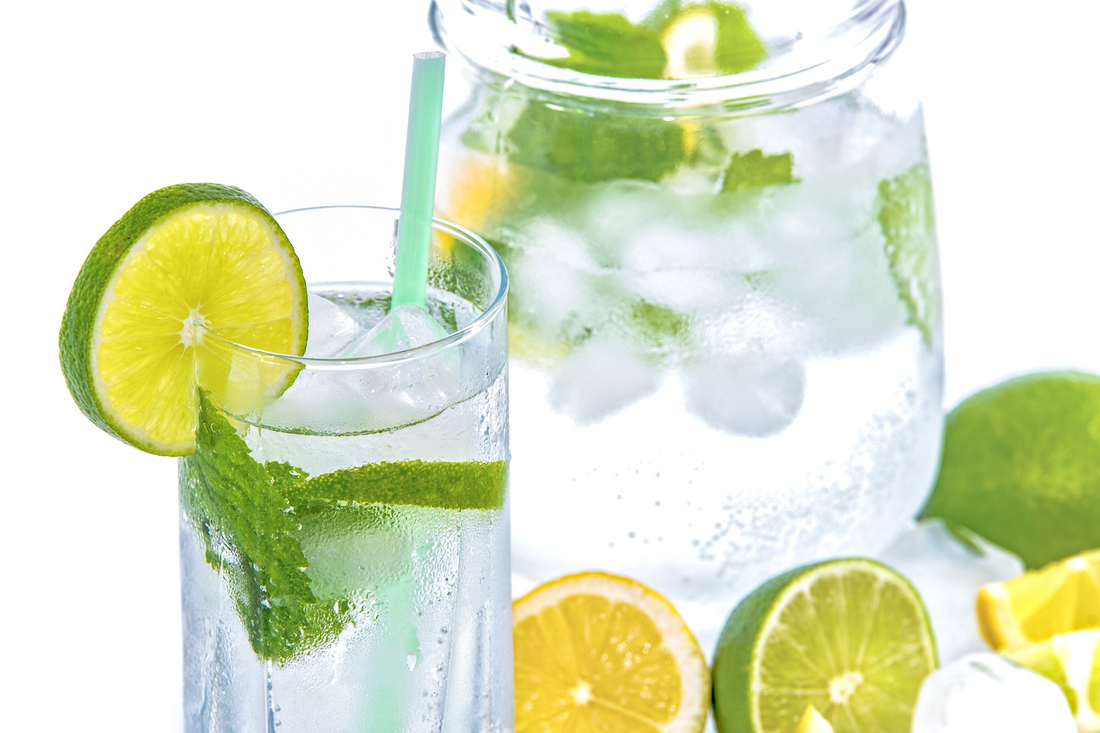

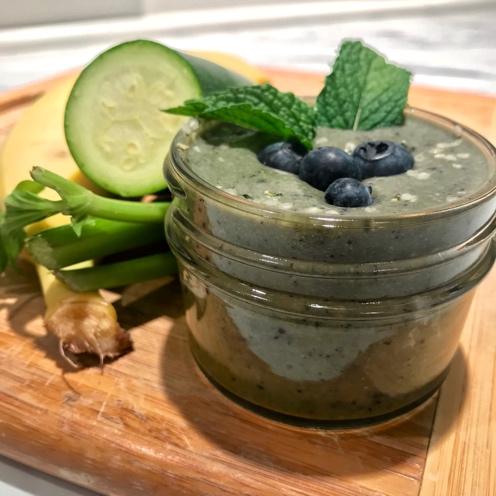
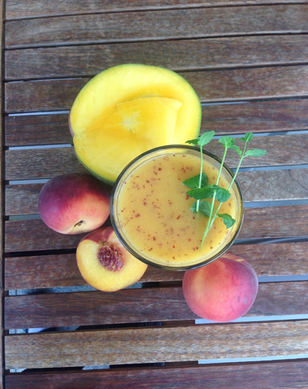
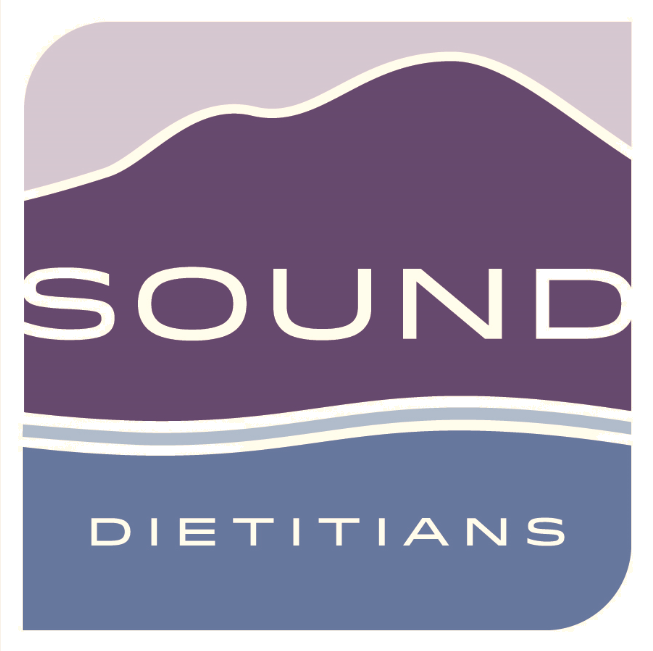
 RSS Feed
RSS Feed